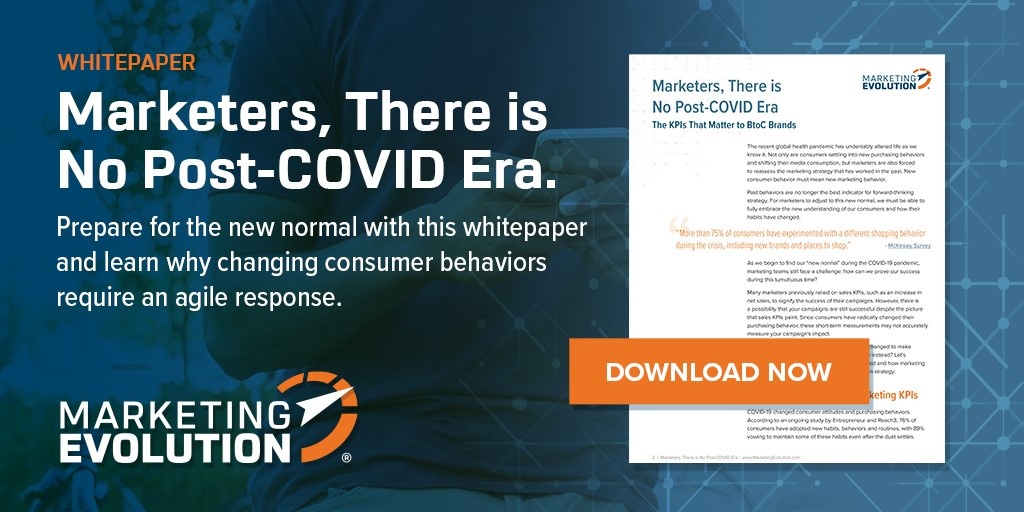The 6 Key Components of a Successful Modern Marketing Plan
As marketers adapt to trends moving into the new year, marketing plans and planning strategies are bound to change, especially because digital marketing technology and strategy continue to evolve. Marketers can’t expect to be successful with a marketing plan that they’ve continued to use, year after year. Only by taking advantage of all available tools and information will marketers reach their target audience and make the most out of their available time, budget and opportunity.
A traditional marketing plan focuses on two simple questions, “who do we want to reach and how are we going to do it?” But in today’s modern marketing, answering those two questions isn’t enough. There are too many platforms available and too much noise and competition from other organizations vying for attention. By not being more granular with how to approach marketing, an organization runs the risk of wasting time by not meeting its own goals and expectations.
According to Aespire, the elements of a great marketing campaign are:
Outline the Why
What are Your Story and CTA?
Who is Your Audience?
How Will You Reach Your Audience?
What Specific Distribution Platforms Are You Going to Use?
What Are the Total Time, Campaign, and Budget Costs?
If marketers are unaware of their purpose, there isn’t a reason to create campaigns or content at all. The “Why” forms the entire basis of the marketing plan going forward. The “Why” should be somewhat intuitive, but if your team isn’t sure, consider these questions:
What is the purpose of your marketing?
What do you want your customers to do with your brand?
What constitutes success or a win to your team?
Try to answer these questions in a few sentences as a team to get a picture behind what your marketing should be accomplishing. From there, you can start outlining the specifics.
Modern marketing today takes a lot more compassion and storytelling than traditional marketing, or even what used to work online. Storytelling is the act of telling a narrative that describes something about your company that will be meaningful to your target audience. According to Hubspot, these could be:
An actual experience of a customer with the brand
What motivates the company to offer what they do
Who is behind the brand (the employees, the technology, etc)
Your brand’s mission
An allegory or interpretation of how your brand impacts the audience
So, for instance, if you were a boutique gym for those who have had weight loss surgery, instead of focusing on equipment or class times, you would highlight why the owner decided to open the gym and how it is set up for success of weight loss surgery patients. If the owner or employees were bariatric patients themselves, perhaps they could tell their story.
If your organization doesn’t have as heartfelt of a purpose (e.g. the owners went into accounting because it was a stable business), focus on how your products or services impact your customers. Customers want to put themselves in the shoes of others to see themselves solving the problem at hand.
Once you have a story that will drive your campaign, you can include a call-to-action, which compels your audience to complete a conversion, such as signing up for a trial membership or setting up a consultation. Storytelling should make the audience feel motivated to complete an action after hearing what you have to say.
Identifying Your Audience
You have a message, but who is going to listen? Many organizations think they know their target audience, but there’s a difference between an ideal audience and who is actually buying the product. Gathering and analyzing buying data will help create a more accurate audience to target. Identify key metrics, such as age, gender, location, interests, and needs to create personas that identify who you want to read your story.
Outlining marketing personas can help you answer questions like:
What is the problem our audience has that we can solve?
What issues in their business or personal life can we make easier?
What terms or solutions would they be seeking out? How can we target those?
From these questions and demographic data will emerge a picture of your target audience.
How to Reach Your Audience
You know who your audience is, but how do you get your marketing message across to them? There are many broad areas you can likely think of immediately that might be useful: social media, website, radio advertising. But instead of thinking of ways to bombard customers anywhere they might be online or elsewhere (which is an approach many marketers and advertisers take), how about creating a media planning strategy that used media mix optimization to target your exact audience on their ideal platforms?
For example, certain demographics are less likely to click on YouTube ads than others, whereas the same group might be more likely instead to click on a sponsored link in an influencer campaign. Instead of trying both YouTube ads and influencer campaigns, consider trusting the data, trends and research and just doing the one that likely will move the needle the most. The benefit of media planning is that you can always pivot your plan if something isn’t working as you hoped, especially if you are using real-time analytics.
Emmy Blog




Comments